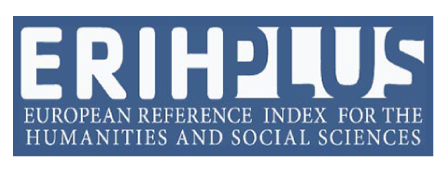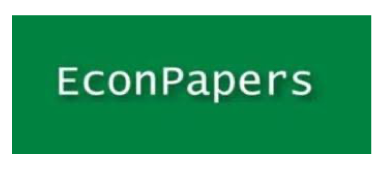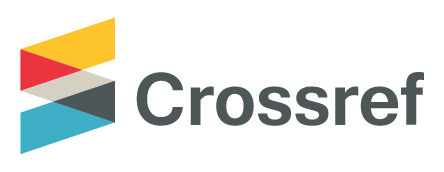Social Network Analysis of College Student Group Selection, a Case Study
DOI:
https://doi.org/10.53615/2232-5697.10.149-155Keywords:
Social Network Analysis, Graph visualization, Group projectAbstract
Purpose: The purpose of this research is to analyze the social network of college student group selection to understand students’ relationship and behavior for effective teaching planning, group work assignments, and individual student management.
Study design/methodology/approach: The samples are college students who study a master degree program in digital innovation and take course IO-001(business intelligence and data analytics) or IO-002 (cybersecurity). Data were collected using the questionnaire asking the college students for their 1st and 2nd choices of classmates who they want to be in the same group. For data analysis, Gephi, an open source software is used for social network analysis (SNA) and graph visualization.
Findings: According to the results, the most desirable students to work with and the least desirable students to work with are defined. The instructors can appoint the student who is the most desirable to work with into a position of influence in order to facilitate learning in the classroom to motivate inspiration during the study. For those students who the least desirable to work with, the instructors might make them gain more attention including giving them some roles or let them have more identity. According to SNA, the least desirable students to work with have low IT background for both course IO-001 and IO-002. Therefore, IT background might be one of the factors that influences student group selection. The instructors might provide additional courses to enhance IT skills for those students who have low IT background. Moreover, the instructors might assign the influent students to work with the least desirable students to make better relationship.
Originality/value: The results of this study can be used as a guideline in the formulation of teaching and learning courses including setting the learning style to make each student more connected and to encourage each group of students interacted more with each other. The instructors can promote a learning environment to increase opportunities for innovation.
Downloads
Downloads
Published
License
Copyright (c) 2021 Wasinee Noonpakdee

This work is licensed under a Creative Commons Attribution-ShareAlike 4.0 International License.















